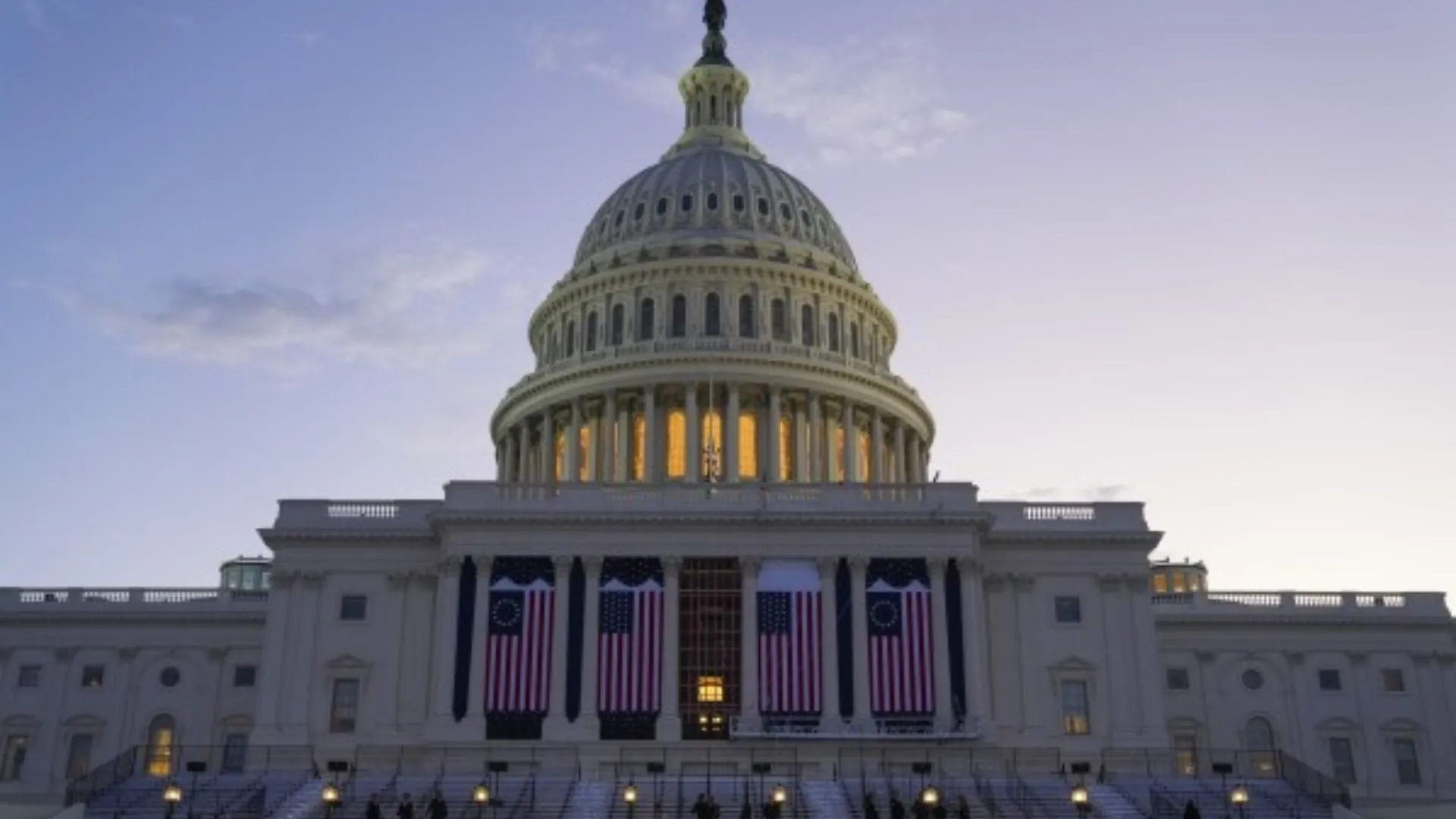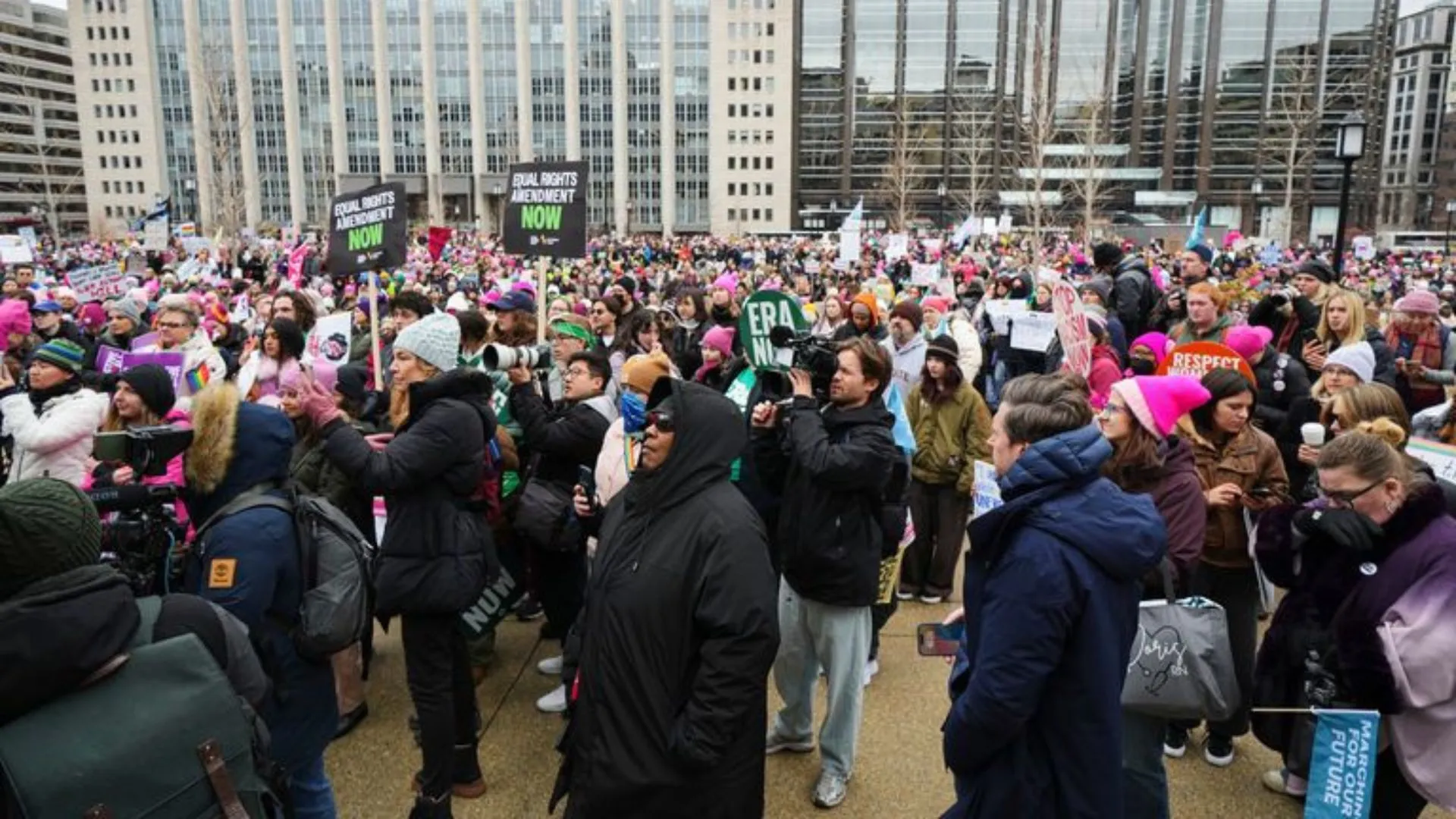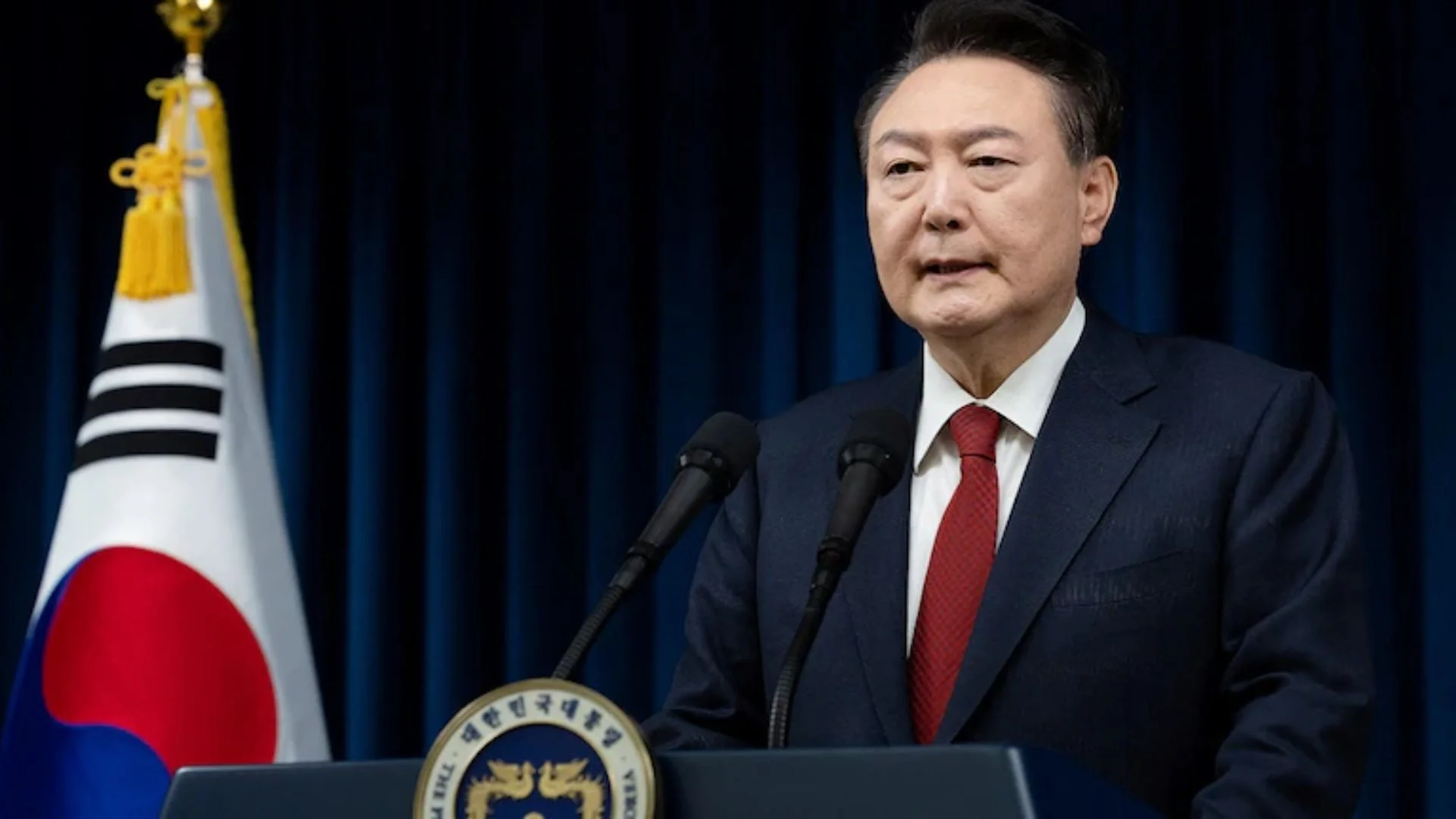What happened in the Rothschild case is remarkable! How Hermès (a French fashion house) defeated Rothschild (an artist) is truly awe in the spotlight. In a nutshell, the 9-person jury in the Southern District of New York, USA awarded Hermès $133,000 as damages for trademark infringement by Rothschild in a recent verdict passed on February 8, 2023. The luxurious brand has convinced the jury that the sale of the non-fungible token (hereinafter referred to as NFT) by Rothschild is violative of Hermès’ rights to the Birkin trademark and is liable for trademark infringement, dilution, and cybersquatting. Rothschild defended his right under the First Amendment as his works being the work of art but the Jury found that MetaBirkins NFTs are not shielded by the said amendment.
This is a short gist of the case. In the present article, the reader will know about all the background, the legal and commercial issues, and the implications of the verdict. This is one of the first lawsuits to strike a balance between trademarks and NFTs.
BACKGROUND:
Hermès is a French luxury design house specializing in bags and clutches, lifestyle accessories, perfumery, jewels, watches, and the like.The price of Hermès Birkin handbags is around tens of thousands of dollars each. Mason Rothschild, whose real name is Sonny Estival started selling NFTs, called “MetaBirkins” with digital designs based on famous designs of Hermès bags.The handbags were covered in rainbow/green colorfur. A mere observation highlights that the MetaBirkinsNFTs havecopied the Birkin Trademark by just using the prefix ‘Meta’, a genericword.
NFTs,that mirror the design of Birkin Bag were first sold in December 2021 for $42,000. Hermès sent a cease-and-desist notice to Rothschild alleging the sale of NFTs called MetaBirkinsas an infringement ofits federally registered trademark. Rothschild, in an open letter, revealed that he has received such notice from Hermès. Rothschild posted his reply letter on his MetaBirkinsInstagram account claiming the protection under First Amendment (which will be dealt with subsequently) as an art-based work. He asserted that these NFTs play the role of a commentary on fashion’s history of animal cruelty.
Hermès’unfulfilled demands and media outlets identifying the MetaBirkins as an association of Hermès became a reason behind the institution of the suit in federal courton January 14, 2022. It’s the first instance where legal recourse was taken by the luxurious brand owner which undoubtedly gained public attention. The basis of the suit was consumer confusion allegingFederal and Common Law Trademark Infringement, Trademark Dilution, Cybersquatting, False designation of origin, Injury to the reputation of business, and dilution under New York General Business Law by Rothschild. With these allegations, the ultimate relief of monetary damages and an injunction to further sell the MetaBirkinsNFTs were claimed which ultimately caused consumer confusion.
First Amendment- Scope of artwork protection:
The First Amendment states that “Congress shall make no law abridging the freedom of speech”. There is no doubt that First Amendment applies broadly to artistic media. New York District Courtin Bery v. City of New York, 97 F.3d 689, 695 (2d Cir. 1995)observed that visual art is as wide-ranging in its depiction of ideas, concepts, and emotions as any book, treatise, pamphlet, or other writing, and is similarly entitled to full First Amendment protection.
In the Rothschild case, the defendant tried to take the shelter of the First Amendment by stating that his works are the creative expression of the real-world trademark of Birkin,andNFTs, called MetaBirkins are works of art. Counsel for Rothschild citing Rogers v. Grimaldi 875 F.2d 994 (2d Cir. 1989) argued that his use of MetaBirkins is protected as free speech under the First Amendment because NFTs and his works are art and commentary on Hermès’ Birkin handbag. A loss to artistic workers, the jury was not convinced by the argumentof freedom to speech under the First Amendment stating that First Amendment protection does not extend to explicit misleading works. Rothschild was not given the protection under the said amendment to which the defense attorney Rhett Millsaps remarked it as a “terrible day for artists and the first amendment”.
Most likely, this will be challenged in appeal. It is the claim of artists that protection under the FirstAmendment extends to artworks but the jury, in this case,remarked the use as explicitly misleading indicating that it was a commercial set out.
MetaBirkins use-
Likely to confuse:
The basis of the Hermès suit was that the use of MetaBirkins is confusing the minds of people becauseit is directly associated with Hermès goods. Hermès, to prove his contention showed the social-media and text messages images in his amended plaint where Rothschild has referred MetaBirkins as “Birkins”, thereby confusing the minds of the consumer.Hermès relied on an expert result which found that there is 18.7% net confusion among the NFT audience. Relying on the data, it was asserted that it is evidence of a substantial likelihood of confusion in the minds of people.
Rothschild’scounsel asserted that the MetaBirkins website has a disclaimer that indicates that there is no intention to cause confusion and to take credit over the Birkin trademark. They argued that they have done nothing which indicates such intention and Hermès has never proved any misleading statement. MetaBirkins, in no way, indicates the source of origin of their artworks as Hermès Birkin. Rothschild claimed artistic protection in its works which are devoid of any consumer confusion.
Needless to state, Jury was not impressed by the disclaimer as using it as a tool to limit consumer likelihood of confusion. Jury found that the use of MetaBirkins NFTs is explicitly misleading to consumers.
Real-world Trademark rights in the virtual world:
Hermès owns trademark rights over the Birkin bag in form of figurative as well as 3-D trademarks. Rothschild sold a digitally copied version of the famous French brand. This case indicates that the jury supported the view that a trademark owner of goodshaving real-world rights has virtual rights as well. Notwithstanding there are many other pending cases over the issue, this case highlights the extension of trademark rights to virtual goods.
Hermèsneitherhas any separate trademark protection over the virtual goods nor did he start using his marks in the virtual world. To support his contention, Hermès argued that such extension falls within the ‘natural zone of expansion’, stating that they have planned for virtual Birkin bags in their web3 ventures. To this, the defense counsel argued that MetaBirkins is not a Trademark but is the title of an art project and series of 100 artworks. He claimed that his NFT offerings in the virtual world are an initiative forfur-free artworks using alternative textiles and two-dimensionalpictures of furry,thusin no manner aninfringement upon the rights of Hermès.
This case in its first timegives a broad picture clarifying the ownership of digital arts and the application of trademark law to NFTs.
Chilling effects on NFT artists:
Rothschild’s counsel Rhett Millsaps’s statement, “a great day for big brands, and aterrible day for artists and the First Amendment”, clearly highlights a win and a loose situation. During the argument, Millsaps said that “It is perfectly legal for artists to make money from their art.” On the cost of repetition, NFTs were not granted protection under the first amendment as the jury viewed it as explicitly misleading. No shelter is given to artworks as a form of speech. The decision restricts artists from using the trademarks in their artistic projects.
What comes forward has already gained the spotlight. This decision is an achievement for Hermès and other brand owners and has a chilling effect on artists. Artists are developing their art on new technological lines and this decision is a hindrance to their development. Brand owners, too are seeking development in getting into the metaverse by enteringthe digital arena. Not much to say about whether this decision will stop other artists from such art-based developments, but surely this is a boost for brand owners in the extension of their real-world rights to the virtual world.
Striking a balance- Trademark and Freedom of speech:
As is understandable, the facts put trademark rights on one side and freedom of speech on the other. Both of them are rights given by law, nonetheless, no right is absolute. The decision rests upon balancing the interests of both parties. A brand owner expects absolute protection over his mark and an individual, who is an artist here wants absolute freedom of speech including commercial expression.
There is an urgent need in striking a balance between trademark rights against freedom of speech. The decision has valued trademark rights by not protecting the artists’ rights under the first amendment. It is most likely to be challenged in appeal, till then it’s a victory for brand owners.
Rothschild’s attorney, in a closing argument, said“Hermès was improperly going after a small, independent artist with humble beginnings” which depicts the impact of the decision on artists.






















